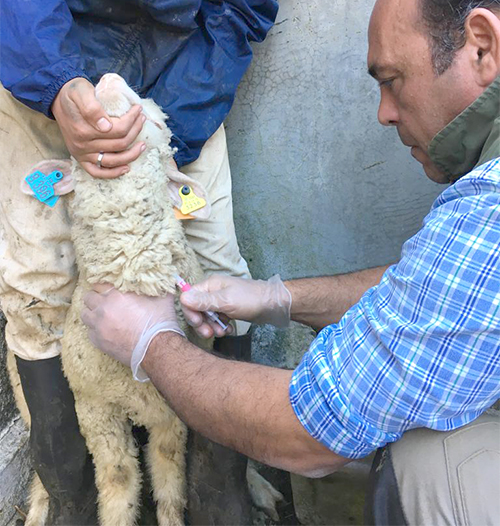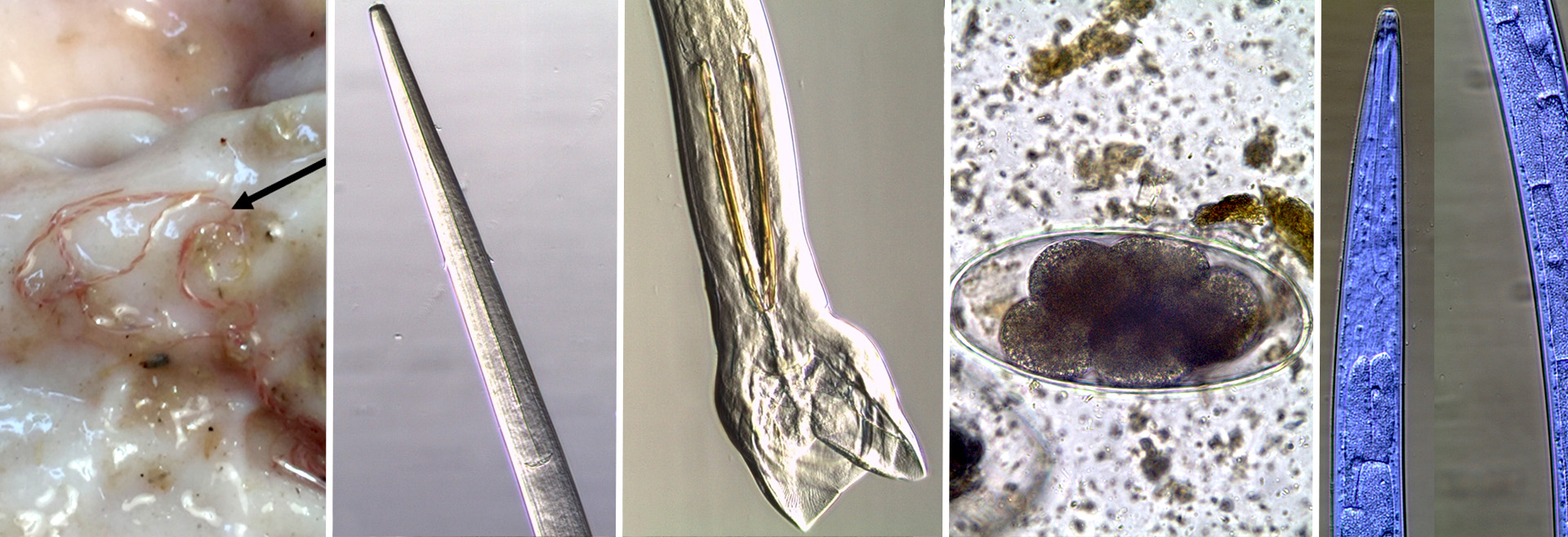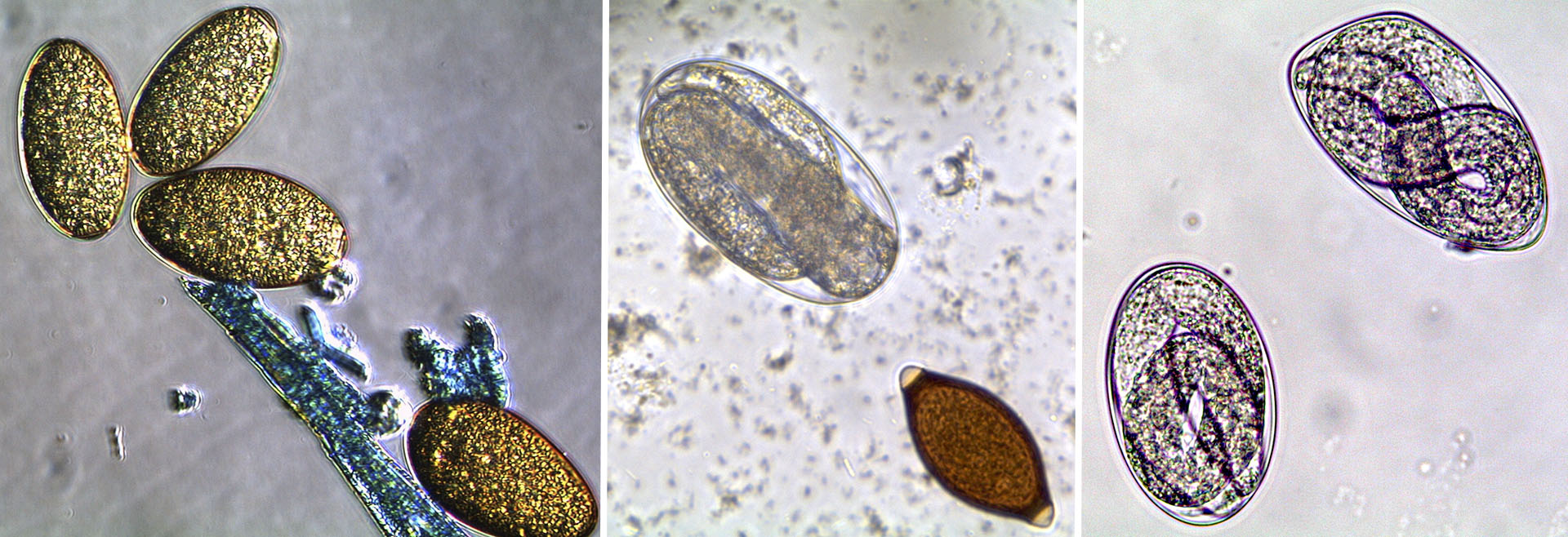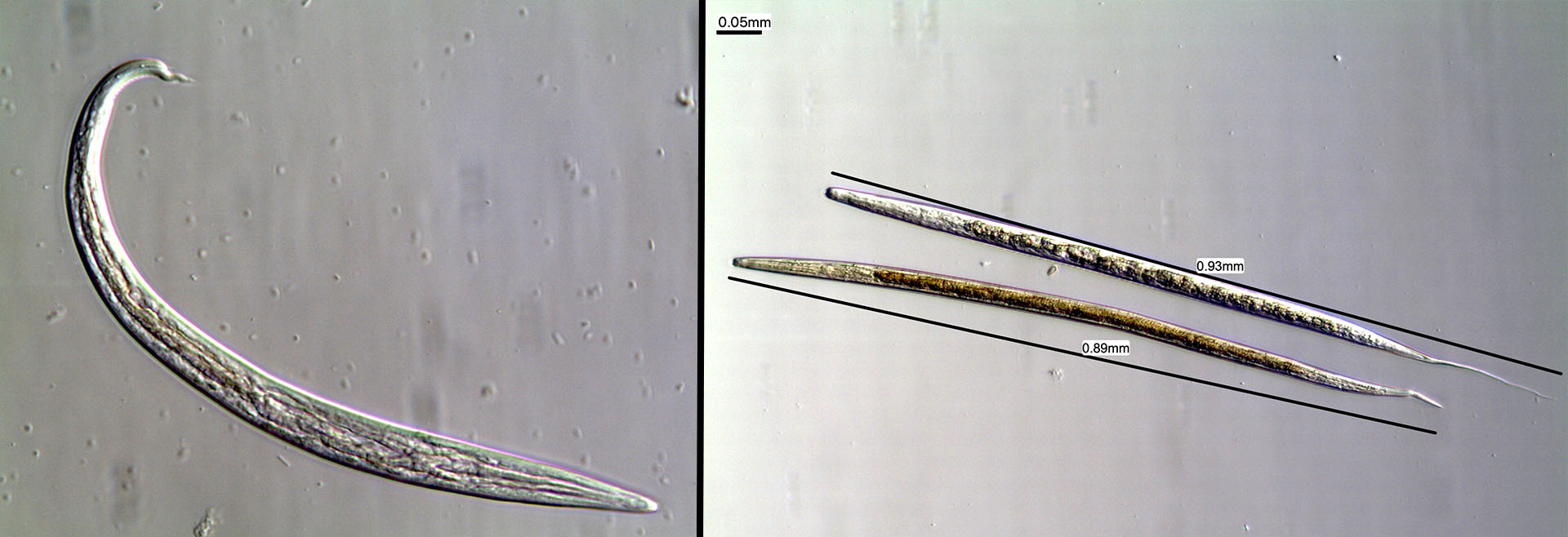Task 3

Previous studies have shown that internal parasites cause disturbances to the haemopoietic system and severe damage to the liver and abomasal mucosa, leading to anaemia, lower serum protein and higher hepatic enzyme activities. Several haematological and biochemical parameters have been proposed as indicator traits of resistance but combining various indicator traits may be the more efficient way to determine the resistance or susceptibility status of a particular breed.
In this task, blood samples collected in task 1 will be used to assess a panel of haematological and biochemical parameters which could be linked to resistance to parasites. Haematological parameters will include haemoglobin concentration, packed cell volume, total erythrocyte count, total and differential leucocyte counts, and biochemical parameters will include total serum protein, serum albumin, serum globulin, alkaline phosphatase, alanine amino transferase and aspartate amino transferase.
Institutions involved and members of the team in this task:
INIAV
FMV
- Maria Salomé Gonçalves
- Pâmela Valente
- Maria Alexandra Basso
Expected outputs:
- Ranking of animals according to haematological and biochemical parameters (phenotypic resistance markers).


















